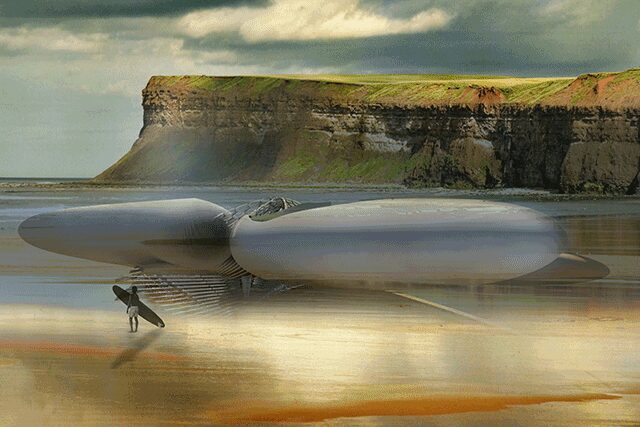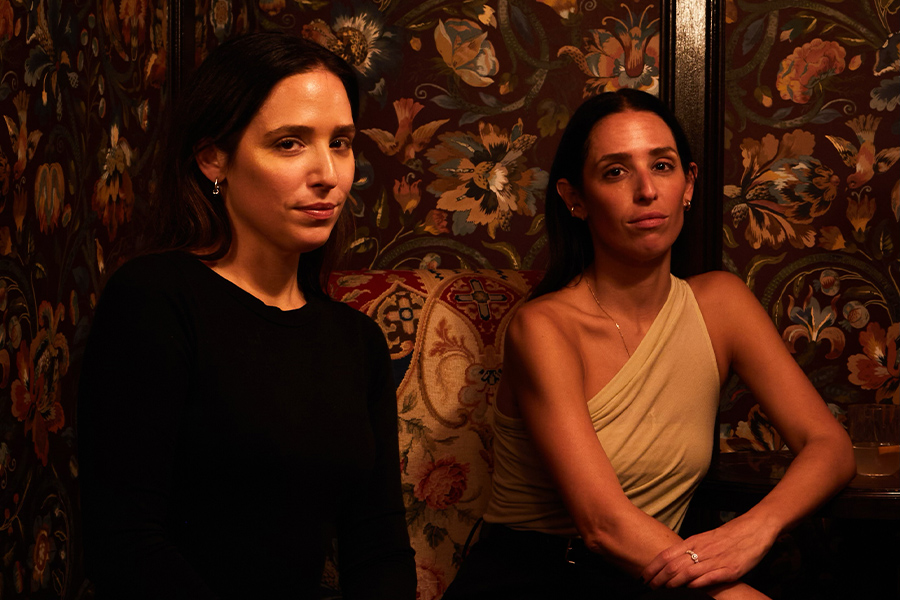After seeing English architect Sir Peter Cook give a lecture when she was 16 years old, Margot Krasojevic knew instantly she wanted to be a part of this exchange of ideas. With a Ph.D in architectural theory, she’s worked for Zaha Hadid, NOX, and Michael Squire and Partners before founding her own design and research office in London and Beijing in 1998. Her high-concept, sustainably focused work is futuristic and experimental in scope while also serving a larger purpose. By figuring out how to harness the planet’s limited resources, Krasojevic is developing projects that ultimately help the greater good.
Renewable Resources
Krasojevic says eco-conscious design is not about “slapping a few wind turbines or recycling bins onto the scheme as a polite afterthought,” but about “bringing sustainability and renewable energy to the forefront.” Take the Lighthouse hotel. Located off the coast of mainland South Korea near the island of Jeju, the hotel’s renewable energy is harnessed as part of the building’s infrastructure “creating power to keep it running year-round and return surplus energy into the grid,” she says, “contributing to the environment by producing usable energy for the surrounding area.”
Celebration of Life
The proposed design for the Eco-Crematorium in Santa Monica is one of Margot’s most ambitious projects yet. Designed as an open outdoor event space, the concept’s parabolic reflectors surround the crematorium chamber and can be angled to obtain the strongest solar concentration to cremate a body. The garden of remembrance wraps around the crematorium and is made from undulating sections of rubber embedded with LED lights to create the landscape, while lighting equipment projects holographs and caters to the ceremonial event of cremation. Ashes can take on multiple roles, whether added to a firework as part of an illuminated display or to concrete to form an ocean reef. In addition, a magnet will collect metals from the ashes, which are then recycled and reused for aircrafts and cars. “Death is a part of life [and is] sometimes overlooked in architecture,” she says. “As technology evolves, it has given us options outside of the general rituals [we have come to know].”
A New Voice
“Architecture is a subservient discipline and is shifting far too slowly,” Krasojevic says, “but I have never been scared of asking questions. I don’t fear ignorance, only apathy and indifference.” Too much emphasis is placed on “keeping monuments on display to uphold an identity while people are struggling to survive,” she says. In its place, she wants eco-forward architecture to be woven into society’s everyday life. “We belong to an ever-changing and high-speed world where we not only adapt faster, but also are more fearless in our choices,” she says. “We need to start thinking out of the box, and for this to happen, architects need to work with other disciplines so as not to regenerate the obsolete.”
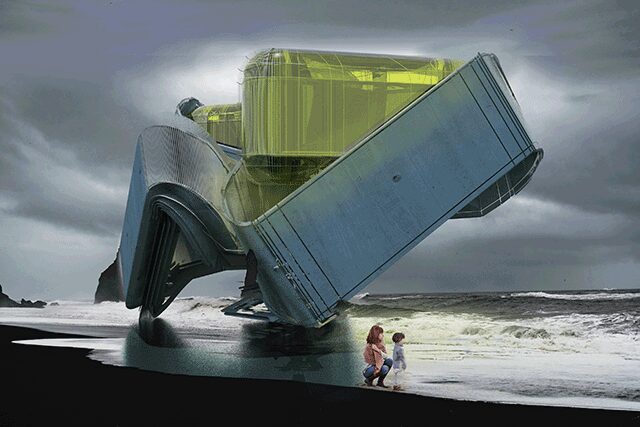
The infrastructure of the Lighthouse hotel off the coast of South Korea harnesses energy to keep it running year-round
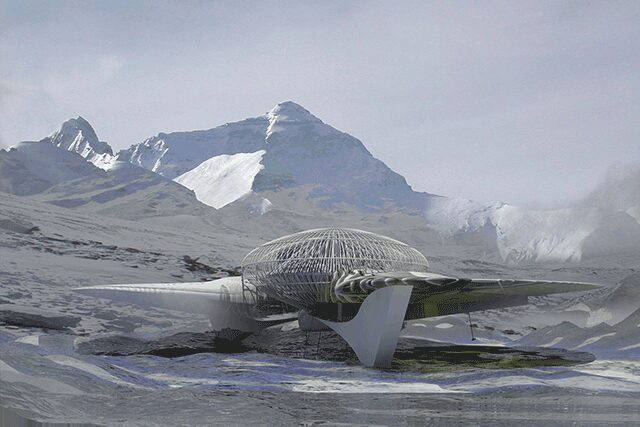
The Artificial Snow Cave Hut in the Himalayas would use snow as an insulating material, providing climbers safe refuge

The Eco-Crematorium concept features reflectors that can be angled for the strongest solar concentration on the crematorium chamber
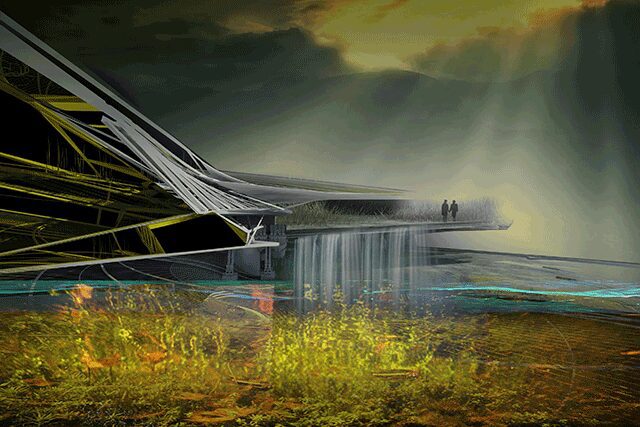
Located near the Louisiana coastline, the proposed Self-Excavation Hurricane House rotates to excavate the ground during storms

